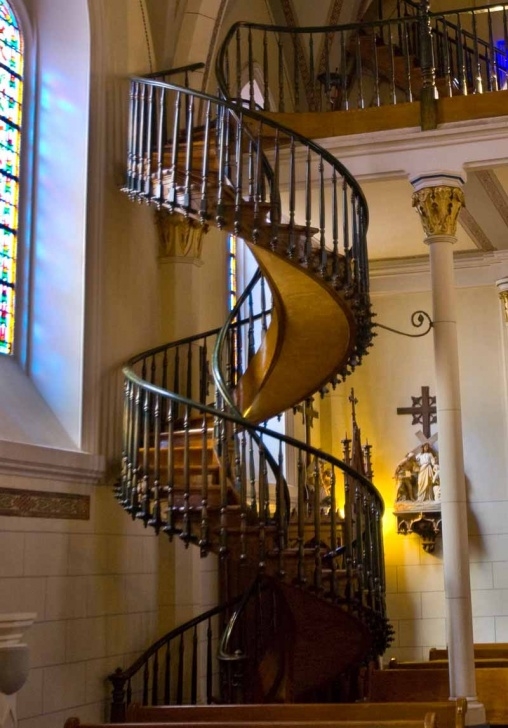

In practical terms, this design would allow visitors to the castle to ascend and descend without obstruction. In essence, this staircase consists of two intertwining spiral staircases that go all the way up to the castle’s terrace. The Château de Chambord’s best-known architectural feature, however, is its double helix staircase. Additionally, this castle is regarded to be one of the best examples of French Renaissance architecture, a style that succeeded Gothic architecture, and in turn was succeeded by Baroque architecture. For example, it is today the largest Renaissance castle in the Loire Valley. The Château de Chambord is significant from an architectural point of view for a number of reasons. ( CC BY SA 3.0 ) The Château de Chambord Double Helix Staircase It was, however, only during the 17th century, when France was under the rule of Louis XIV, that the Château de Chambord was finally completed.īirdseye view of the château de Chambord, France. Work on the castle continued during the reign of Henry II, the successor of Francis. At the time of the king’s death, only the keep and the royal wing had been completed.īut the death of Francis did not halt the construction of the Château de Chambord. Le Chene Chapelle: The Ancient Oak Tree Chapel as Old As France Itselfīetween the commencement of the castle’s construction until the death of Francis in 1547 (about 28 years), the king is believed to have only spent 72 days at the Château de Chambord.The Enigma of the Winchester Mystery House.The mysterious helix staircase of the Loretto Chapel.Francis’ pride in the Château de Chambord is evident, as he showed it off to visiting sovereigns and ambassadors, including his great nemesis, the Holy Roman Emperor, Charles V, who visited the castle in 1539. Nevertheless, Francis was a great lover of the arts and the Château de Chambord, in spite of being a temporary residence, was elevated to the status of an architectural marvel. Initially, the castle was meant to serve as the king’s hunting lodge, where he would stay for several weeks during each visit, and hence was not designed to serve as a permanent residence.

The building of the Château de Chambord was commissioned in 1519 by Francis I, the King of France. (Benh Lieu Song/ CC BY SA 3.0 ) Commissioning the Château de Chambord Northwest façade of the Château de Chambord. The construction of the Château de Chambord began during the 16th century, and it is an archetype of the architectural style known as ‘French Renaissance’, which flourished between the 15th and 17th centuries in France. The Château de Chambord is a castle located in the Loire Valley, in the French department of Loir-et-Cher. The design of this element is popularly attributed to the renowned Italian Renaissance polymath, Leonardo da Vinci. One of the most impressive architectural features of the French Renaissance castle of Château de Chambord is its famous double helix staircase.


 0 kommentar(er)
0 kommentar(er)
